By Adam Crawley and Elizabeth Bemiss on behalf of the CLA Diversity, Equity, and Inclusivity CommitteeWe are living and navigating in troubling times. Across the country, educators (e.g., K-12 teachers, librarians, teacher educators, etc.) experience censorship of and challenges to texts that center historically marginalized races, ethnicities, sexual orientations, gender identities and expressions, and other ways of being. In several states (e.g., Florida, Georgia, Utah), legislation explicitly restricts such representations and discussions in K-12+ schools. Simultaneously, cities across the country are supporting newcomers bussed from the U.S.-Mexico border, and schools and libraries specifically are trying to aid these families with daily needs (e.g., food, shelter) and other aspects (e.g., school transitions, providing books in Spanish). Meanwhile, unrest in Africa, the Middle East, and Ukraine continue to weigh heavily on many of our minds and hearts; mass shootings in schools and other public settings remain prevalent; and the upcoming 2024 U.S. Presidential election causes increased tension across politically opposed ideologies. In the midst of all of this, we want to retain hope. We also know that reading and discussing children’s literature with youth can be vital for promoting social justice. To support educators’ on-going work - and in the spirit of Valentine’s Day week - we asked 2023 and 2024 CLA Diversity, Equity, and Inclusivity (DEI) Committee members to share about books they “love” for their representation and ability to foster DEI work. While we recognize that no single book can address all of the world’s current complexities, we hope the recommendations in this list are helpful resources and provide a sense of solidarity for your own contexts.
Jo Jo Makoons Series by Dawn Quigley, illustrations by Tara Audibert (Heartdrum) Native Americans have a great love of laughter. In this series, author Dawn Quigley (Turtle Mountain Band of Ojibwe) introduces a spunky seven-year-old named Jo Jo Makoons who lives on an Ojibwe reservation. Jo Jo’s worldview is truly one-of-a-kind as she learns to be friendly, fancy, and imaginative. I love Jo Jo’s hilarious adventures, which are similar to a younger Amelia Bedelia experience. Readers will meet Jo Jo’s Ojibwe family and community (and her pet cat Mimi) as she moves through contemporary, everyday events. Illustrator Tara Audibert (Wolastoqiyik First Nation heritage) adds her comical, cartoon-style artwork to each story in the series. First and second-grade readers will make connections with Jo Jo’s realistic experiences, her feelings in those situations, and learn how she solves her problems. These books are upbeat and humorous, making them a very enjoyable read. (contributor: Andrea M. Page Hunkpapa Lakota)
These poignant and powerful texts that are well loved by CLA DEI committee members illuminate many issues surrounding diversity, equity, and inclusion. These texts speak to issues of race, gender, heritage, and sexual orientation, to name a few, and could be used in the classroom to evaluate the impact of stereotypes or assumptions, to face and dismantle racism, to highlight the value of kindness, or to provide a realistic portrayal of diversity for readers to see themselves and their lived experiences represented in texts. As delineated in the CLA Bylaws, the DEI committee encompasses a steadfast commitment to diversity, equity, and inclusivity within CLA: "The Diversity, Equity, and Inclusivity Committee Chair and members shall help ensure CLA’s commitment to issues of diversity, equity, and inclusivity. The committee shall help create and/or review CLA policies and position statements shared with CLA members and/or the greater public. The committee shall work with membership and nominating committees for recruitment as well as help distribute calls for CLA-related applications. Committee members shall also serve as resources for CLA Standing Committee Chairs when they are developing materials and programs." For more information about the DEI committee, please contact committee chairs Adam Crawley ([email protected]) or Elizabeth Bemiss ([email protected]). Adam Crawley is an Assistant Teaching Professor in the School of Education at the University of Colorado-Boulder. He serves as the 2023 and 2024 CLA DEI Committee chair. Elizabeth Bemiss is an Associate Professor in the School of Education at the University of West Florida. She is a CLA Board Member and chair of the 2023 and 2024 CLA DEI Committee. By Tiffeni FontnoHair plays a vital role in a Black person’s identity, especially as Black children grapple with understanding how they belong. Historically, Black hairstyles originating from Africa could identify a region, a person’s age, religion, or status in society, and in some cultures, hair has spiritual connections (Dabiri, 2020). Reintroduced into the conversation through The Crown Act, even in education, Black hair has been policed through discriminatory school codes and policy standards, widening the marginalization against culturally inclusive, responsive, and sustainable identity practices. Black hair has been subjected to colorism, discrimination based on color, and texturism; the belief that certain hair textures are better than others. Based on enslavement and Western standards of beauty, the idea of "good hair," straight more European, and "bad hair," hair that is curlier and kinkier, creates a standard of sociocultural standards that are a source of contention to this very day (Byrd, 2001). Culturally responsive teaching involves incorporating culture, knowledge, language, perspectives, and experiences into the curriculum and instruction for more engaging and meaningful learning experiences (Ladson-Billings, 2009). Educators may not be culturally proficient or prepared through teacher education programs to connect with the nuances of relationship building and teaching diverse student populations (Gay, 2002). In this post, I share books and resources for educators to learn and understand the importance of the representation and appreciation of Black hair for students from kindergarten through-8th grade. History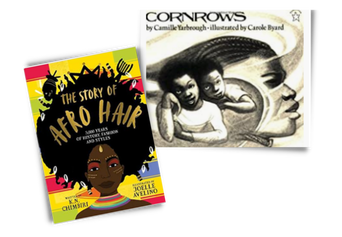 The Story of Afro Hair (Upper-Elementary-High School) Centered from a Black British perspective, Chimbiri’s non-fiction book The Story of Afro Hair sensitively tells a detailed account of the history of Black hair. This stylized journey details hairdos, products, innovations, the science of Black hair, and the philosophy behind styles, like locks. Also included in the back matter are a glossary and additional references. Cornrows (Elementary-Middle School) Cornrows is a fictional story that intertwines and connects the history and pride of Black culture through hair design. Released in 1997, Yarbrough's book, told through the storytelling of Great-Grammaw, inspires pride, hope, and courage. Both books provide an entryway to a discussion on Black hairstyles, through cultural understanding and historical significance. Hair Care
International Books
Boys and Barbershops
ReferencesByrd, & Tharps, Lori L. (2001). Hair story : untangling the roots of Black hair in America (1st ed.). St. Martin's Press. Dabiri. (2020). Twisted : the tangled history of black hair culture (First U.S. edition.). Harper Perennial. Gay, G. (2002). Preparing for Culturally Responsive Teaching. Journal of Teacher Education, 53(2), 106–116. https://doi.org/10.1177/0022487102053002003 Ladson-Billings, G. (2009). The dreamkeepers: Successful teachers of African American children (2nd ed..). Jossey-Bass Publishers.
|
Authors:
|
CLA
About CLA
|
Journal of Children's Literature
Write for JCL
|
ResourcesCLA-sponsored NCTE Position Statements
|
Members-Only Content
CLA Video Library
|
© COPYRIGHT 2018.
ALL RIGHTS RESERVED |

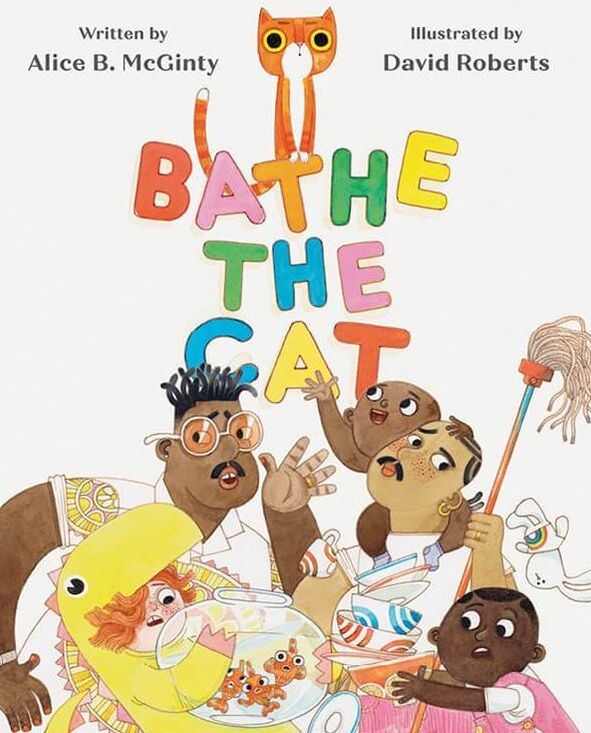
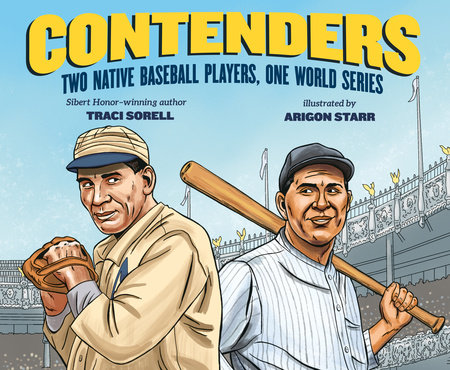

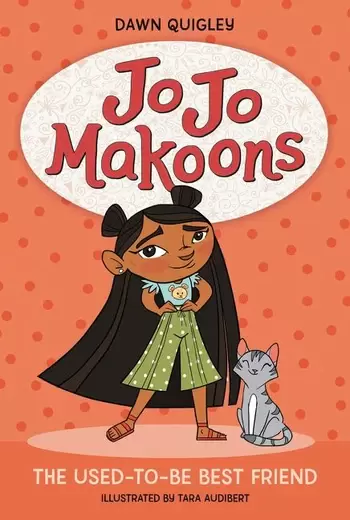

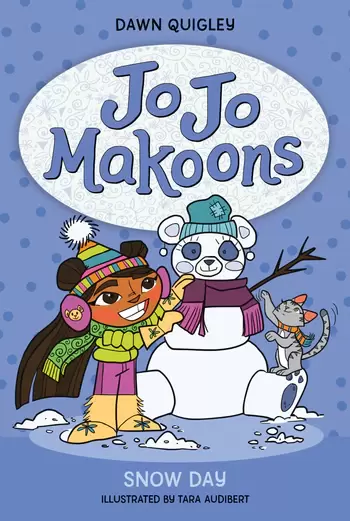
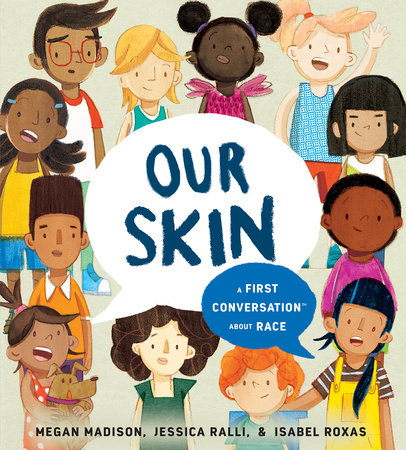
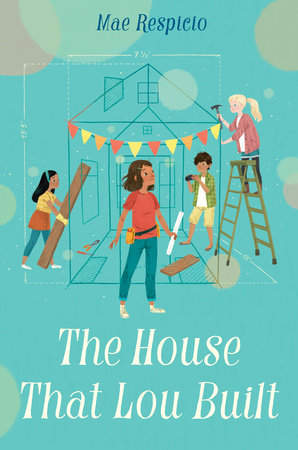
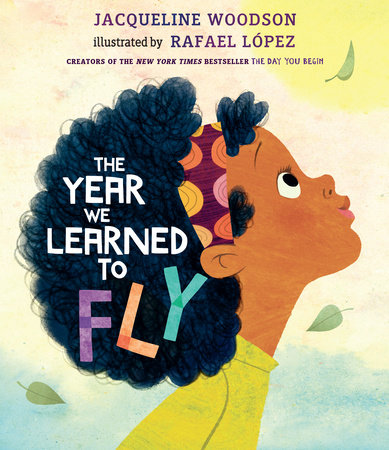
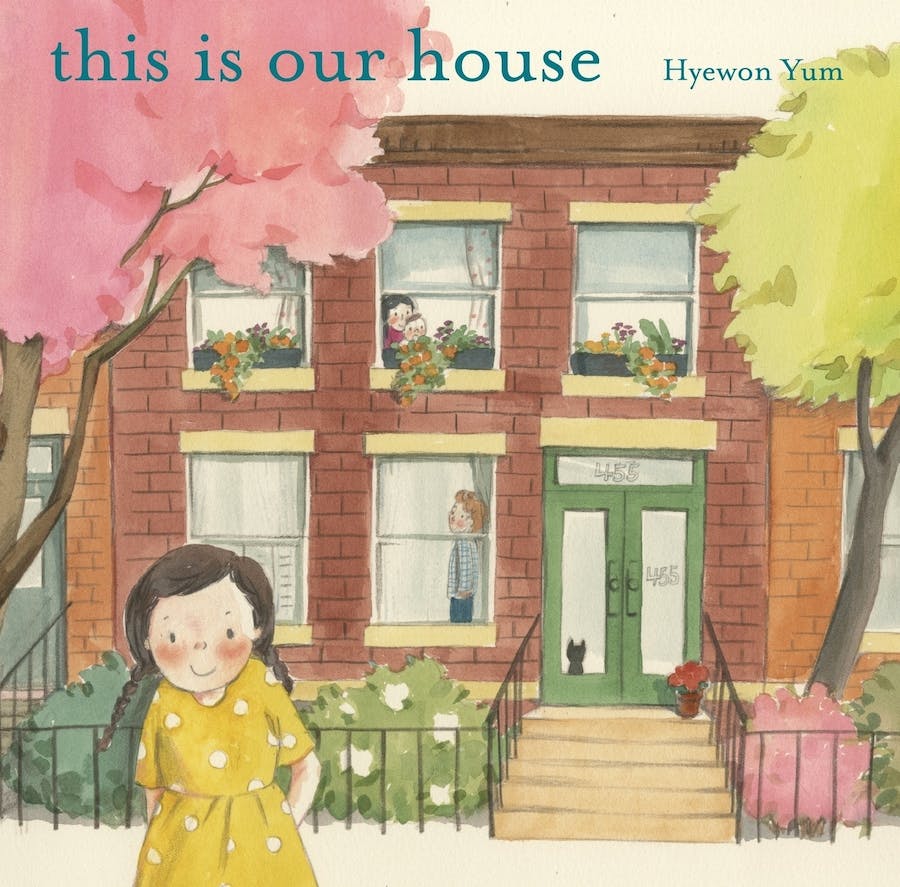
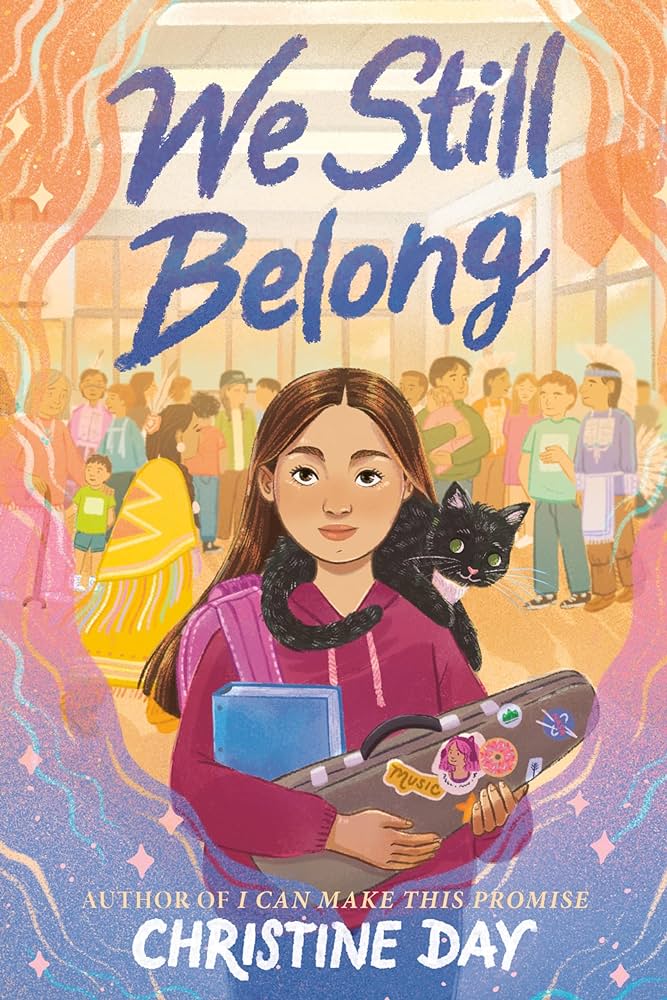

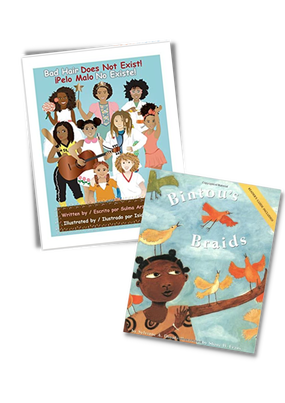
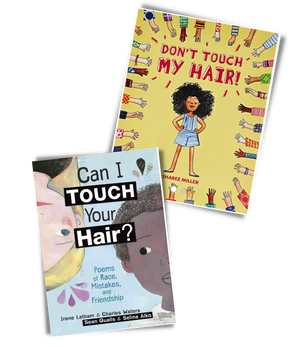
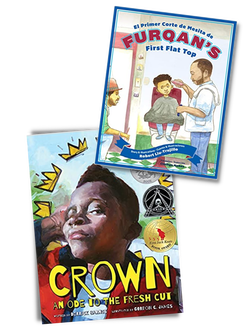
 RSS Feed
RSS Feed